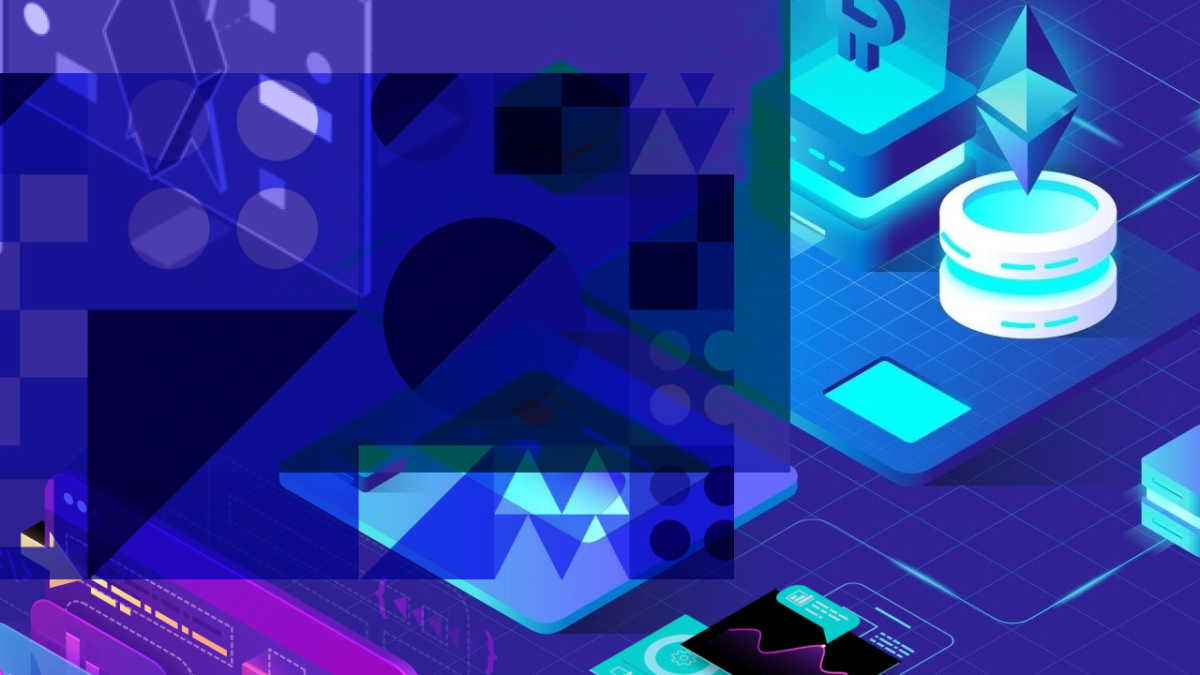In the world of web and app development, there has been a growing trend toward specialization, where designers focus on the visual aspects and user experience, while developers concentrate on the technical implementation. While specialization has its benefits, it can also lead to the siloing of skills and concerns. In this article, we’ll explore why it’s crucial for designers and developers to collaborate closely to bridge this gap and create exceptional digital products.
1. Bridging the Gap Between Design and Implementation
Designers have a vision for how a digital product should look and feel, while developers are responsible for bringing that vision to life through code. When designers and developers collaborate from the outset, they can work together to ensure that the design is not only visually appealing but also technically feasible. This collaboration helps bridge the gap between design and implementation, resulting in a more seamless and efficient development process.
2. Ensuring Consistency
Consistency is key to a successful user experience. Designers establish the visual and interactive patterns that make up a product’s identity, but it’s the developers who translate these patterns into reusable components and templates. When designers and developers work closely together, they can maintain design consistency throughout the development process, reducing the risk of design discrepancies and user interface (UI) glitches.
3. Faster Iteration and Problem Solving
Rapid iteration is a fundamental aspect of agile development. When designers and developers collaborate, they can quickly address design issues, user feedback, and technical constraints. This collaboration allows for faster problem-solving and adjustments, resulting in a more responsive development cycle and a product that better meets user needs.
4. Enhancing User-Centered Design
Design is not just about aesthetics; it’s also about creating user-centered solutions. Developers play a critical role in understanding user interactions and technical limitations. When designers and developers collaborate, they can work together to refine user journeys and interactions, ensuring that the final product aligns with user needs and expectations.
5. Reducing Rework and Cost
One of the primary drawbacks of a separation of design and development is the potential for costly rework. When designers and developers have different understandings of a project’s requirements or design intent, it can lead to miscommunication and rework. Collaboration helps mitigate these issues, reducing project costs and timelines.
6. Encouraging Cross-Skilling
Collaboration between designers and developers also presents an opportunity for cross-skilling. Designers can gain a deeper understanding of development principles, and developers can learn more about design principles. This cross-skilling can lead to a more versatile and empathetic team capable of tackling a broader range of challenges.
Conclusion: The Power of Collaboration
Designers and developers bring unique skills and perspectives to the table, and their collaboration is essential for creating exceptional digital products. Instead of working in isolation, they should work as a cohesive team, sharing insights, feedback, and ideas. By fostering a culture of collaboration, organizations can overcome the increasing separation of skill sets and concerns, resulting in products that not only look great but also function seamlessly and delight users.

